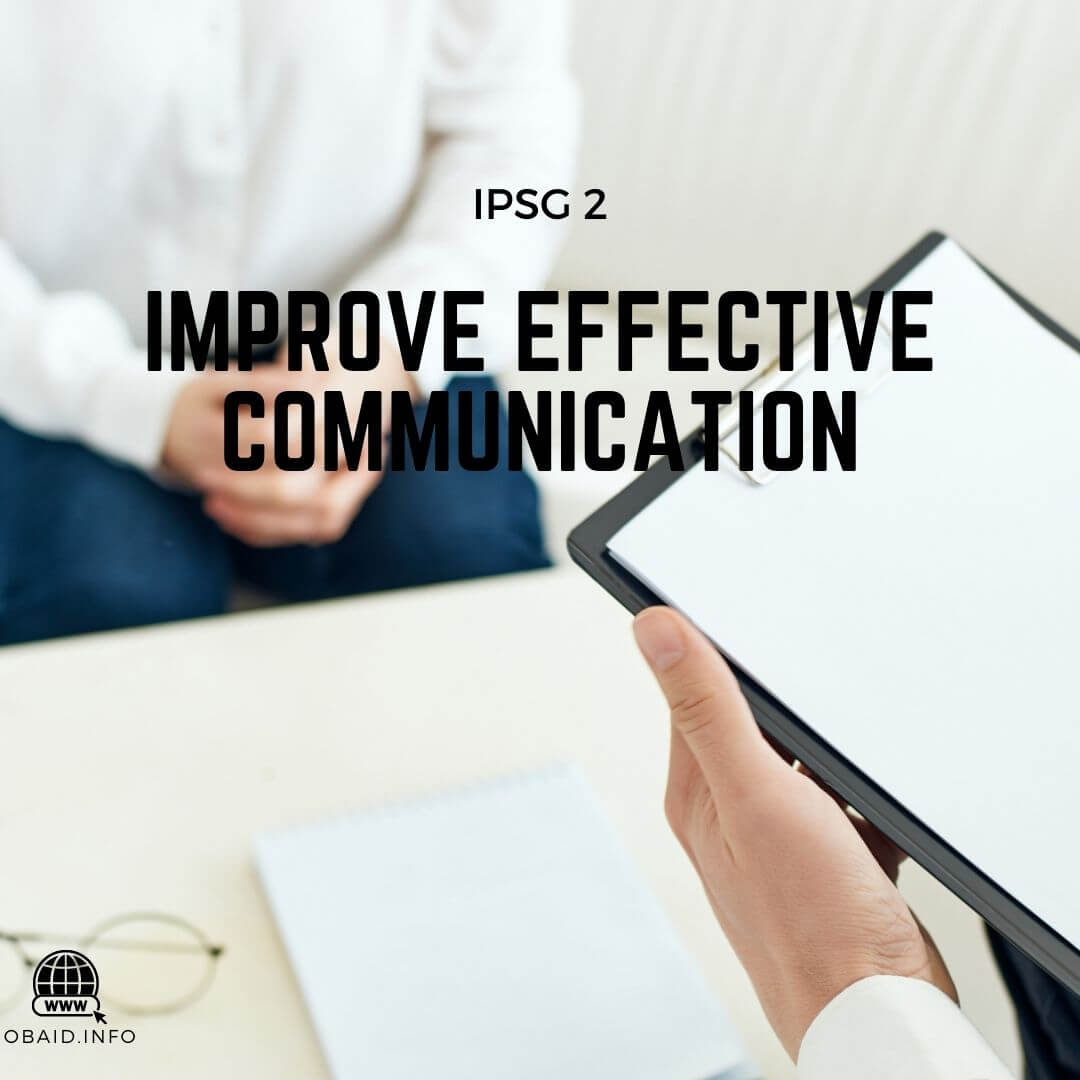Introduction
In order to improve healthcare globally, there are a few changes that need to happen. Globalization and internationalization of healthcare is a huge factor in these changes.
There needs to be a push towards sustainability in the healthcare practices. We need to figure out how to decrease the gap between rich and poor countries through free access to medical treatment and prevention of disease, as well as minimizing gender inequity in healthcare.
In order for this change to happen, we need an investment from different institutions. The WHO, UNICEF, World Bank, governments, health care systems and global organizations should all contribute their resources by providing support through funding initiatives or collaborating on new strategies for implementation of these changes in practice.
Continuous improvement and safety are the fundamental principles of healthcare. Hospitals must commit to continuous quality improvement through a number of strategies to ensure correct patient care, safe procedures, and accurate assessment and documentation of risks and adverse events. The JCI Accreditation is an internationally accepted certification
What are the 6 International Patient Safety Goals (IPSGs)?
What are national patient safety goals and why are they important?
The Joint Commission International (JCAHO) established the International Patient Safety Goals in 2006, and they are, sometimes, known as the International Patient Safety Standards. The JCAHO is a non-profit international organization that specializes in hospital healthcare quality improvement. The JCAHO provides information and statistics on healthcare quality indicators and other important issues relevant to patient safety and quality assurance. The International Patient Safety Goals (also known as the International Standards for Patient Safety) are a set of international standards for patient safety (IPSGs). In order to enhance the safety of patients in hospitals and medical care facilities across the globe, the International Patient Safety Goals (IPSGs) were established.
Joint Commission International and the World Health Organization (WHO) are working together to promote the six international patient safety goals listed below in order to raise awareness of these goals and guarantee safe delivery of care.
But before going through with the IPSGs, we need to identify what an inciden is, and view few examples of incidents/accidents that might/could occure in your hospital.
What is an Example of an Accident or Incident That Occurred in Your Hospital?
An incident is an event that occurs unexpectedly, without planned or predicted outcome. Usually, incidents are unpredictable and may cause injury, loss of life or property damage.
The following are some examples of possible incidents in a hospital:
- A person is injured in the ER when they slip on the icy floor.
- A family member arrives at the hospital to visit a patient and discovers that their loved one has passed away.
- A visitor slips on the wet floor and falls down stairs. There are no safety rails to catch them.
Another Example for an accident / incident that happened in the hospital:
A patient was admitted to the ER after being found intoxicated and passed out on a bus stop bench. The patient’s vitals were checked and all signs of intoxication were cleared. However, the patient continued to be lethargic and they had trouble following commands. When they were asked about their medications, they responded with “I don’t take any.” The nurse gave them some water and left them in a room. Less than an hour later, the doctors found the patient unconscious on the floor where he had been sleeping off his intoxication. This lead to some confusion between whether this was an overdose or simply alcohol withdrawals.
How to Implement Essential Changes to Improve Healthcare Globally?
There have been a lot of essential changes in healthcare practices in many countries. One of the most significant improvements that must take place is the improvement of patient safety in healthcare. This has been a very controversial topic, but it can’t be ignored anymore. As more and more people are coming up with innovative ways to improve the current state of healthcare, it becomes much easier for them to implement these changes.
Especially now that technology has advanced so much, there are many different types of solutions which are being sought after or created by various professionals in the field.
To make it easier to understand, here is what you need to do to improve your current healthcare quality.
Find the patient, give high quality healthcare according to international standards, not according to your local situation or what you think of as high quality, provide the service within your community and reach all your patient’s needs and concerns then gather testimonials and complains and use both to improve your service even more.
IPSG Goal One – Identify Patients Correctly

The IPSG goal one is to deliver high-quality, cost-effective healthcare. Medical mistakes are the second largest cause of mortality in the United States, according to the Centers for Disease Control and Prevention. Currently, there are many measures in place to reduce these mistakes but they are still happening.
IPSG Goal One is to identify patients correctly and make sure that all patients are treated with the best care possible. This includes making sure that doctors give patients the right diagnosis or treatment plan for their ailment-whether it is a complicated or simple illness.
How to identify patient correctly according to IPSG 1?
- Using two patient identification factors, but without including the room or location of the patient in the complete Medical facility.
- Complete patient name
- MR Number
- Preventative measures should be taken to ensure that the following information is accurate before administering any medicines, withdrawing blood, or collecting other samples for clinical purposes.
IPSG Goal Two – Improve Effective Communication

The current healthcare system is riddled with medical errors. As a result, it is necessary for the International Patient Safety Goals to focus on improving effective communication.
IPSG Goal Two focuses on implementing essential changes in healthcare practices, which includes improvements in effective communication. This IPSG goal is critical for Healthcare Quality Improvement and its main objective is to identify failures of improved communications and implement improvements to meet the standards set by the JCI Accreditation. The ultimate goal of this IPSG goal is to reduce medical errors that are caused by ineffective communication between patients and their providers.
How to improve effective communications to meet the standards of JCI Accreditation?
Telephone order
When a physician is not present in the office, orders are taken over the phone to the nursing station.
Telephone orders are only accepted at the nursing station if the patient care action is required immediately or immediately after the call. The telephone is not an accepted option of placing routine orders.
Orders for the following medicines cannot be made or received over the phone.
- Hazardeous Medications
- TPN
- Narcotics or Controlled items
Verbal order
When a verbal order is received, the physician is on site but is preoccupied with emergency situations such as Code Blue or is engaged in a sterile operation, the physician is considered unavailable. Verbal instructions are only to be used in emergency circumstances.
Verbal instructions for narcotics or restricted medications from the treating physician are only acceptable in emergency circumstances.
All telephone orders and verbal orders must be signed, timed, and dated by all nurses and physicians who are involved in the procedure.
Reporting of critical results
When a call from the lab for a critical result is received, the nursing staff must record the critical result and promptly validate the result in the Hospital Information System. If the nursing staff is unable to reach the oncall physician, the nursing staff must follow the escalation procedure.
ISBAR
The isbar technique below should be used in every communication between the staff.
- Identify, yourself and the patient
- Situation, what is the problem
- Background, information to contextualise the problem
- Assessment, your clinical assessment and prediction
- Recommendation, what you think should happen
IPSG Goal Three – Improve the safety of high-Alert Medications

A collection of aims and objectives, known as the International Patient Safety Goals (IPSG), is intended to improve patient safety while administering high-alert medicines across the world. These medications are classified as very high risk and include some antibiotics, anticoagulants, cardiac medications, chemotherapeutic agents and others. The IPSG’s objective is to increase the safety of these medications by making critical improvements in healthcare practices.
This IPSG was developed by the JCI as an extension to the WHO Essential Medicines List (EML). It includes a set of five goals with six objectives that provide guidelines for healthcare providers and stakeholders on how to improve the safety of high-alert drugs.
High Alert Medications – Look alike – Sound alike
(HAM) are distinguished by a red sticker with the words “High alert,” which indicates that they are medications that look and sound similar (LASA), Concentrated electrolytes are kept in lockable cabinets that are kept apart from other medications and only accessible in emergency situations.
In the LASA (Look Alike Sound Alike medicines) category, pharmaceutical names that sound similar to another medication are designated as sound alike medications, and medication names whose packaging is aesthetically similar to another medication are designated as look alike medications.
A sound-alike drug is one for which the generic or commercial name of the medication sounds similar in both spoken and written language. Thus, they have a greater risk of making a medication-related mistake.
Tall Man writing is used to highlight the distinctions between medicines with similar sounding names. Using Tall Man lettering, a drug’s name is written in upper case letters to assist differentiate it from other medications that sound similar, thus reducing the likelihood of prescription mistakes.
Look-alike medicines should be kept apart from their paired counterparts. When at all possible, avoid keeping the medications in close proximity to one another to prevent mistakes. Additional warning labels should be used for medications that seem to be the same. To make identification easier, warning labels should be consistent across the facility in which they are displayed.
IPSG Goal Four – Ensure correct Site, Correct Procedure, Correct Patient Surgery

The International Patient Safety Goals (IPSG) were made to ensure safe and effective patient care. It’s a set of “basic” steps that if followed, can help reduce the chance of mistakes and errors. One of the first steps is to make sure that the right site is being operated on.
The IPSG goal 4 requires an organization to review and ensure that procedures are written for patients with different needs such as age, weight, height, and other factors that may affect surgery. These procedures should be reviewed for accuracy before each surgery is performed.
Prior to performing surgical procedures, the International Patient Safety Goals (IPSG) fourth objective is to evaluate all surgical procedures to ensure that they are specified for patients with a variety of requirements based on factors such as their age, weight, and height, among others, before they are performed.
How does IPSG 4 come into play?
- The use of an immediately recognizable mark for surgical site identification, as well as the participation of the patient in the marking procedure, also patient identification.
- Using a checklist or other method to ensure that the right location, technique, and patient are selected prior to surgery, as well as ensuring all necessary papers and equipment are available, accurate, and in working order before surgery.
- Just before to beginning a surgical operation, the whole surgical team performs and records a time-out process, which is then followed by the surgery.
- Polices and procedures are being established to support a consistent approach in order to guarantee that patients get the proper location, technique, and patient identification. This includes medical and dental treatments performed in settings other than the operating room.
IPSG Goal Five – Reduce Risk of Health Care-Associated Infections

When it comes to healthcare, patient safety is the most important aspect to consider. Implementing essential changes in healthcare practices can bring about quality improvement and reduce the risk of health care-associates infections.
How to reduce risk of healthcare-associated infections?
The application of good hygiene by the health care worker may help to avoid infection in the medical facility. According to the World Health Organization, alcohol-based hand rub is the preferred method of hand hygiene.
IPSG Goal Six – Reduce the Risk of Patient Harm resulting from Fall

Falls are the most common safety event associated with patient harm. There are two major types of falls
Near Fall – sudden loss of balance that does not result in a fall or other injury. This can include an instance where person slips, stumbles or trips is able to regain control prior to falling.
Unwitnessed Fall – patient is found on the floor and neither the patient nurse nor anyone else know how he/ she got there.
Falls are one of the leading causes of accidental deaths in many parts of the world. Implementing essential changes in healthcare practices can help improve patient safety and reduce risk for patients to experience harm as a result of falls.
In accordance with the International Patient Safety Goals, six goals have been established to assist minimize the risk of patient injury as a consequence of falls.
How to reduce patient falls?
All hospitalized patients are evaluated for their risk of falling on admission, transfer, after a change in condition, and/or following a fall using the Modified Morse fall risk assessment instrument, which has been approved by the JCI.
Initial assessment of patients for Fall Risk
Performing the first Fall Risk Assessment and filling out the Fall Risk Assessment Tool are both the responsibility of the admitting nursing staff. Fall Risk Reassessment of patients shall be done during transfer from one unit to another within the facility, following any change of status or condition, following a fall episode and following administration of a medications prescribed or drug interaction increases the likelihood of risks for Fall.
Glossary
JCAHO – Joint Commission on Accreditation of Healthcare Organizations
IPSG – International Patient Safety Goals
JCI – Joint Commission International










6 Comments
this very informative but it will be more if u include some clinical scenario.
Hello Luqman, A new post is going live today with detailed examples and clinical scenarios.
why not produce it in PDF & PPT format so maximum people can befit
I would like to use it
[…] International Patient Safety Goals (IPSG) are a set of guidelines and objectives that aim to enhance patient safety and improve healthcare […]
I completely agree with the importance of effective communication in improving patient safety and reducing medical errors. The International Patient Safety Goals, particularly Goal Two, play a crucial role in addressing this issue. By implementing essential changes and focusing on improving communication practices, healthcare providers can enhance patient-provider interactions and minimize the risks associated with miscommunication. This goal aligns with the broader objective of healthcare quality improvement and emphasizes the need for standardized communication protocols to ensure patient safety.